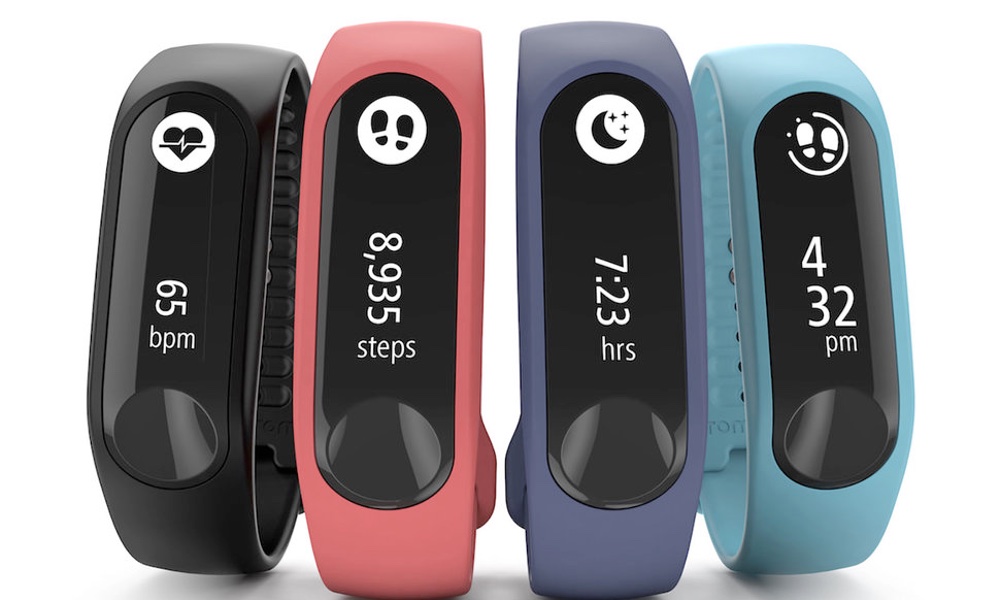For two years, you beat the odds. You masked, kept your distance, got your shots.
Now, despite those efforts, you, your child, or someone else in your home has come down with covid-19. And the last thing you want is for the virus to spread to everyone in the family or household. But how do you prevent it from circulating when you live in close quarters?
The Centers for Disease Control and Prevention recommends isolating covid patients for at least five days, preferably in a separate room with access to their own bathroom, as well as diligent mask-wearing for both patient and caregiver. But for many families, those aren’t easy options. Not everyone has an extra bedroom to spare, let alone a free bathroom. Young children should not be left alone, and the youngest can’t tolerate masks.
For about $100, people can build their own portable air cleaners using a box fan, four high-efficiency air filters, and duct tape.
But take heart. Scientists say there is still a lot people can do to protect their families, chief among them improving ventilation and filtration of the air.
"Ventilation matters a lot," said Dr. Amy Barczak, an assistant professor of medicine at Harvard Medical School. "If you’re taking care of someone at home, it’s really important to maximize all the interventions that work."
The best strategy for avoiding the virus is to make your indoor environment as much like the outdoors as possible.
To understand why good ventilation can make a difference, it helps to understand how the novel coronavirus spreads. Scientists have learned a lot in two years about its infectious mechanisms.
The best strategy for avoiding the virus is to make your indoor environment as much like the outdoors as possible.
Start by opening as many windows as the weather allows, said Joseph Fox, a heating, ventilation, and air conditioning engineer for a large school district in Ontario, Canada. If possible, open windows on opposite sides of the home to create a cross breeze, which can help sweep viruses outside and bring fresh air inside.
For extra protection, place a box fan in the patient’s window, facing outward, to draw germy air outside. Seal any openings around the sides of the fan, said Jim Rosenthal, CEO of Tex-Air Filters, a company that manufactures air filtration products in Fort Worth, Texas.
"It’s real simple, and it’s cheap," Rosenthal said.
Research shows that high-efficiency particulate air filters, or HEPA filters, can remove coronaviruses from the air.
Fox also suggests turning on bathroom or kitchen exhaust fans, which can shuttle germy air outside. Although running exhaust fans while taking a shower is relatively safe, Fox said, it’s important to open windows when running the fans for more than 10 minutes. That’s to avoid depressurizing the house, a circumstance that could result in carbon monoxide being pulled into the home from the furnace or water heater.
Coronaviruses thrive in dry air, and increasing the amount of moisture in the air can help deactivate them, said Linsey Marr, a professor of civil and environmental engineering at Virginia Tech. Marr suggests increasing humidity levels to somewhere between 40% and 60%.
Using portable air cleaners can provide additional protection. Research shows that high-efficiency particulate air filters, or HEPA filters, can remove coronaviruses from the air. If people have only one HEPA filter, it’s best to place it in the sickroom, to trap any virus the patient exhales.
"You want to put the filter as close to the source [of the virus] as possible," Fox said.
If affordable for families, additional air cleaners can be used in other rooms.
Store-bought air purifiers can be expensive, with some models costing hundreds of dollars. Yet for about $100, people can build their own portable air cleaners using a box fan, four high-efficiency air filters, and duct tape. These do-it-yourself devices have been dubbed Corsi-Rosenthal boxes, after their co-inventors, Rosenthal and Richard Corsi, dean of the college of engineering at the University of California-Davis. The low-cost boxes have been shown to work just as well as commercial air purifiers.
Outside the home, viruses are quickly dispersed by the wind. Inside, germs can build up, like clouds of cigarette smoke, increasing the risk of inhaling the virus
Rosenthal said the pandemic motivated him to help design the air purifiers. "We’re not helpless," Rosenthal said. "We need to provide tools that people can use right now to make things better."
Although nursing a loved one through covid puts the caregiver at risk, the danger is much smaller today than in the first year of the pandemic. An estimated 95% of the population has some immunity to the coronavirus, due to vaccines, prior infections, or both, said Dr. Paul Offit, director of the Vaccine Education Center at Children’s Hospital of Philadelphia.
Nonetheless, a recent study found that half of the people living in an infected patient’s household also contracted the virus.
Given that older people and those who are immunocompromised are at higher risk from covid, they might consider staying with a friend or neighbor, if possible, until the sick family member has recovered, said Priya Duggal, a professor of epidemiology at the Johns Hopkins Bloomberg School of Public Health.
Patients can be considered covid-free after a negative PCR test, Barczak said. Because patients with even tiny amounts of residual virus can continue to test positive on PCR tests for weeks, long after symptoms disappear, patients can also use rapid antigen tests to assess their progress. If antigen tests are negative two days in a row, a person is considered less likely to be contagious.
Originally posted on Kaiser Health News . Reposted by permission.
KHN (Kaiser Health News) is a national newsroom that produces in-depth journalism about health issues. Together with Policy Analysis and Polling, KHN is one of the three major operating programs at KFF, Kaiser Family Foundation. KFF is an endowed nonprofit organization providing information on health issues to the nation.





